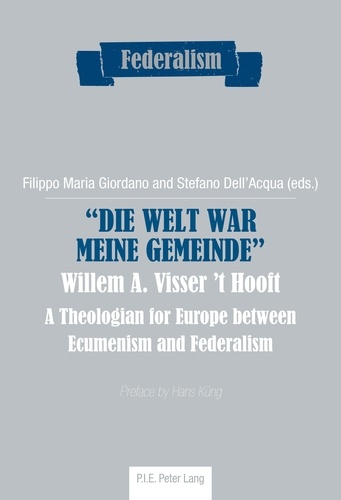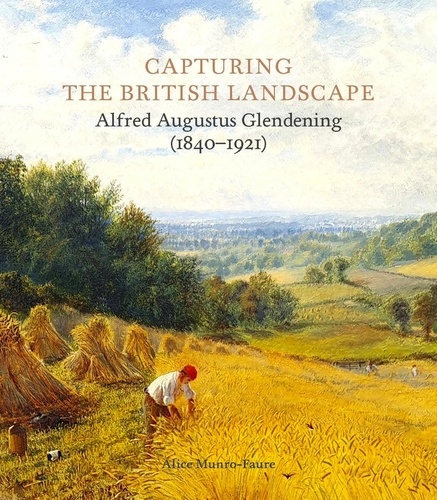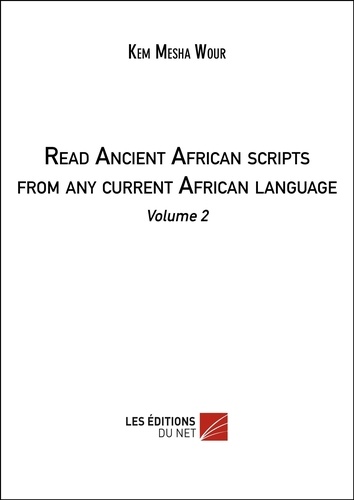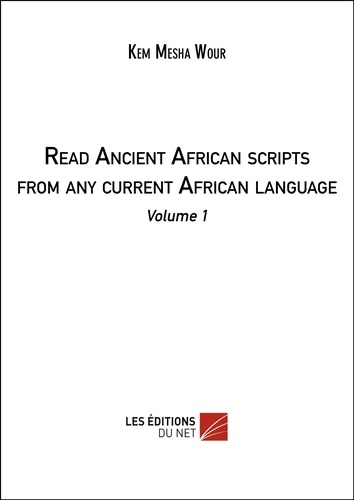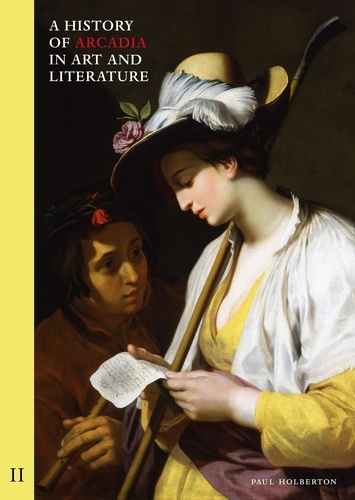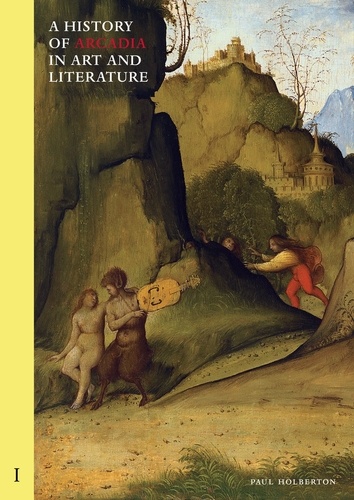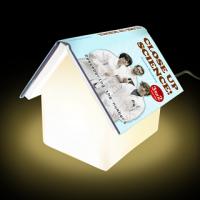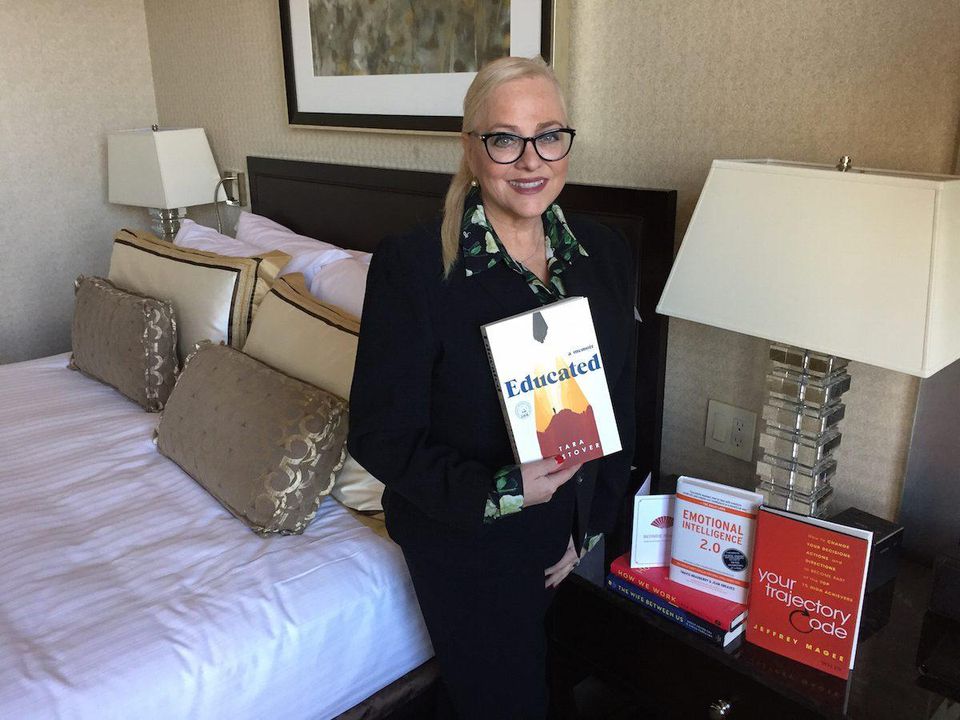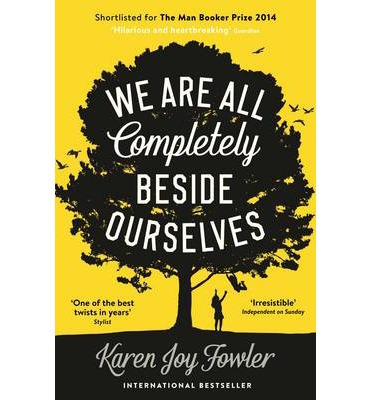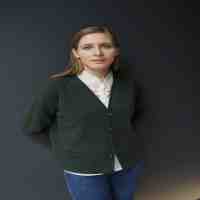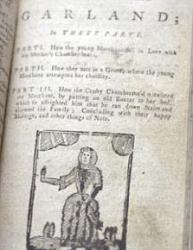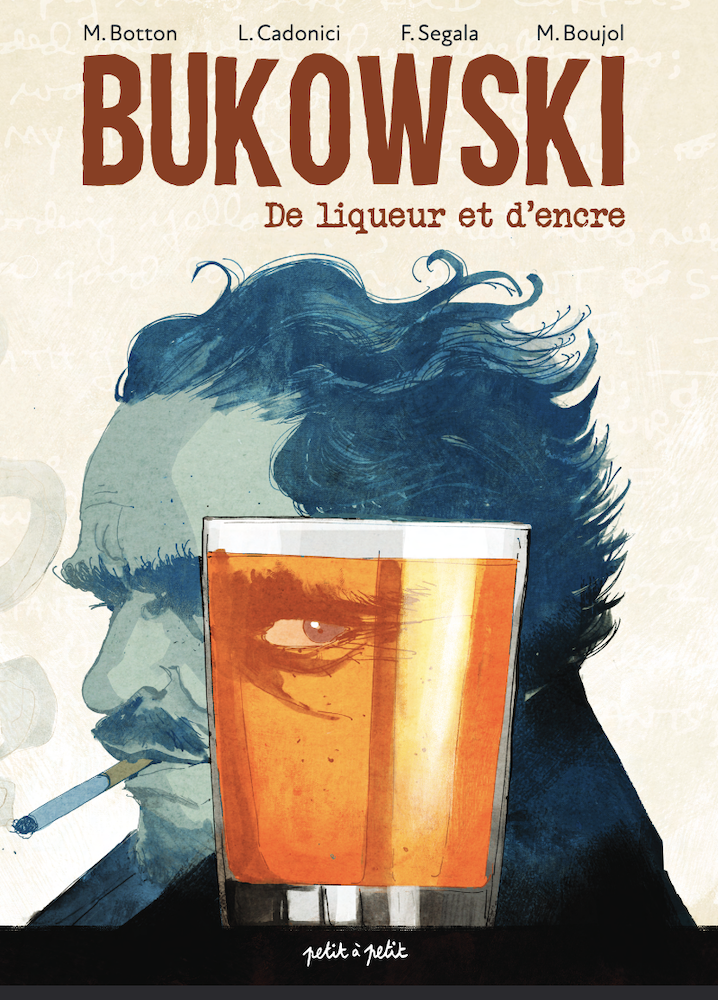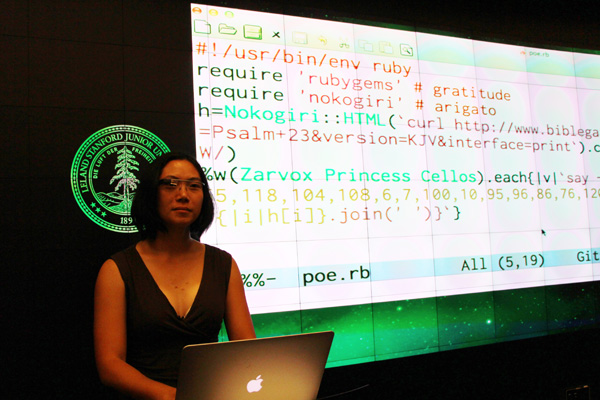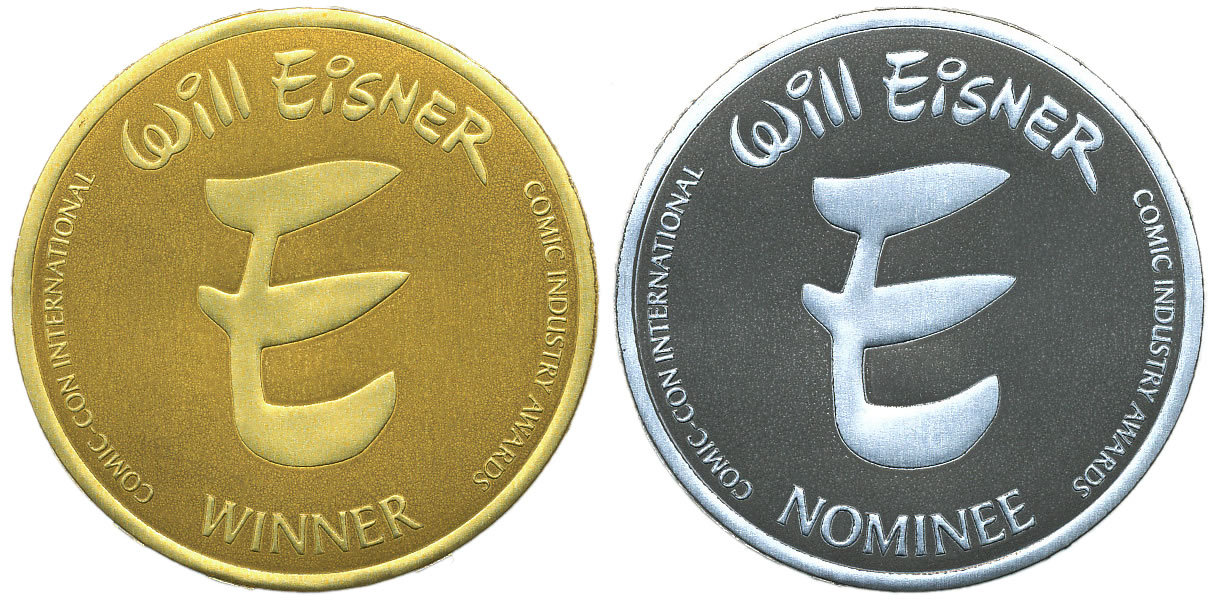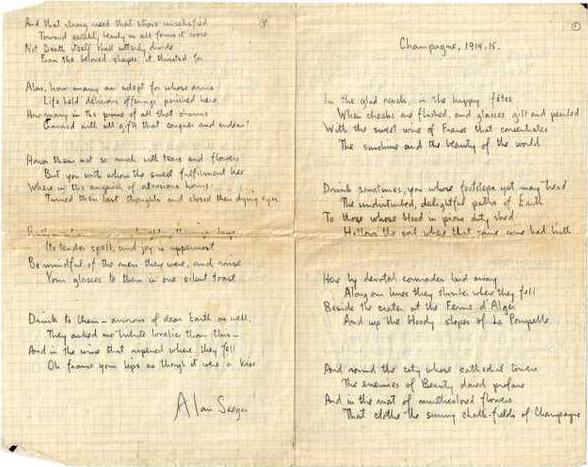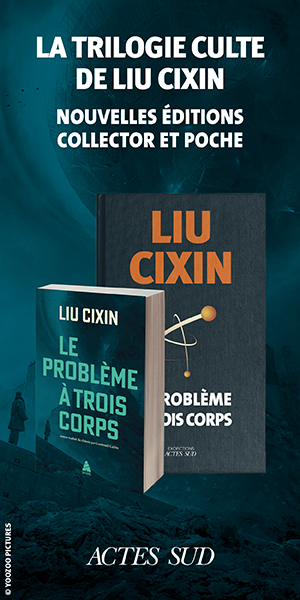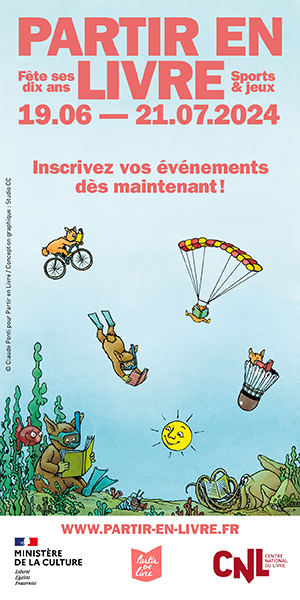A History of Arcadia in Art and Literature: Volume II. Later Renaissance, Baroque and Neoclassicism
Longtemps attendu et extrêmement bien accueilli, A History of Arcadia de Paul Holberton constitue l'examen approfondi et minutieux d'un grand nombre de textes originaux de poésie pastorale classique des époques moderne et contemporaine, de littérature et de théâtre en grec ancien, en latin, en italien, en français, en espagnol, en portugais, en néerlandais, en allemand et en anglais et d'un large éventail d'images prenant fin juste avant 1800. L'ouvrage analyse le développement de la pastorale comme moyen de représentation du bonheur humain sur Terre à travers la cour réciproque entre un garçon et une fille, et leurs sentiments auxquels la pastorale de l'époque donne voix. This tremendous book is an iconographic study of Renaissance and Baroque pastoral and related subject matter, with an important chapter on the 18th century, both in the visual arts, where pastoral is very poorly understood, and in words and performance, about which many false preconceptions prevail. The study begins with Virgil's use of Theocritus and an analysis of what basis Virgil provided for Renaissance pastoral and what, by contrast, stemmed from the medieval pastourelle. Pastoral developed notably in the Venetian High Renaissance. Its texts incorporated Petrarchist and Neoplatonic ideas of love, of which this book charts the development and evolution with unprecedented precision, considering also the female nude in art. There is a novel and polemical discussion of the development of landscape subjects in art, from Giorgione to Claude. The contributions of the most influential or representative authors - Petrarch, Sannazaro, Montemayor, Tasso, Guarino, Lope de Vega, Cervantes, Honoré d'Urfé, Cornelis de Hooft, Shakespeare and lastly Salomon Gessner - are considered beside many interesting more minor ones - Arsocchi, Bernardim Ribeiro, Clément Marot, Cieco d'Adria, John Fletcher, Fontenelle - and the verses of madrigals. There is a chapter on 'Being Rural' - what we can say about the reality of life in the country in the early modern period. There is a chapter on 'Et in Arcadia Ego' that introduces new evidence for the dating of Poussin's famous work by reference to a neglected work by Sébastien Bourdon in Yale ; another on a pastoral composition by Rubens that has not been considered as such. There is an important and bold discussion of self-projection ('metachronic' representation) by monarchs and courtiers across Europe in the 17th century, both within pastoral and without, which illuminates profound differences between Protestant and Catholic culture. Coming from the study of earlier periods, the author is able to throw new light on the Rococo - figures such as John Gay, Watteau, Gessner and Gainsborough - and to explain the termination of pastoral writing and art with the embrace of modernity in form and means of expression. All texts are given in the original language and all translated into English, while the visuals are beautifully reproduced : the book is also an anthology.
01/2022
